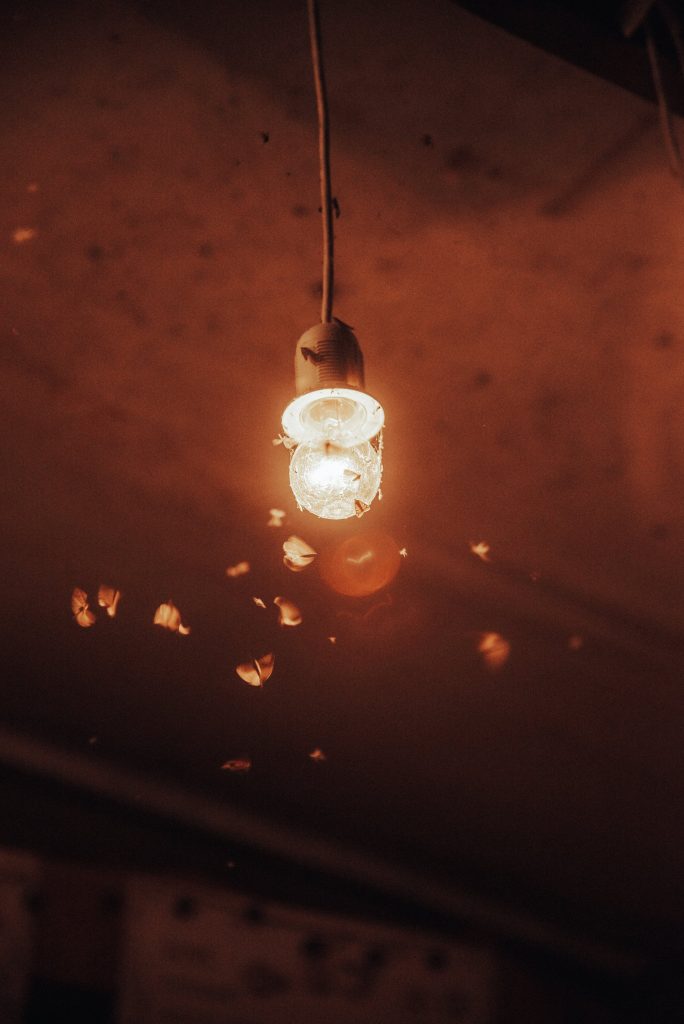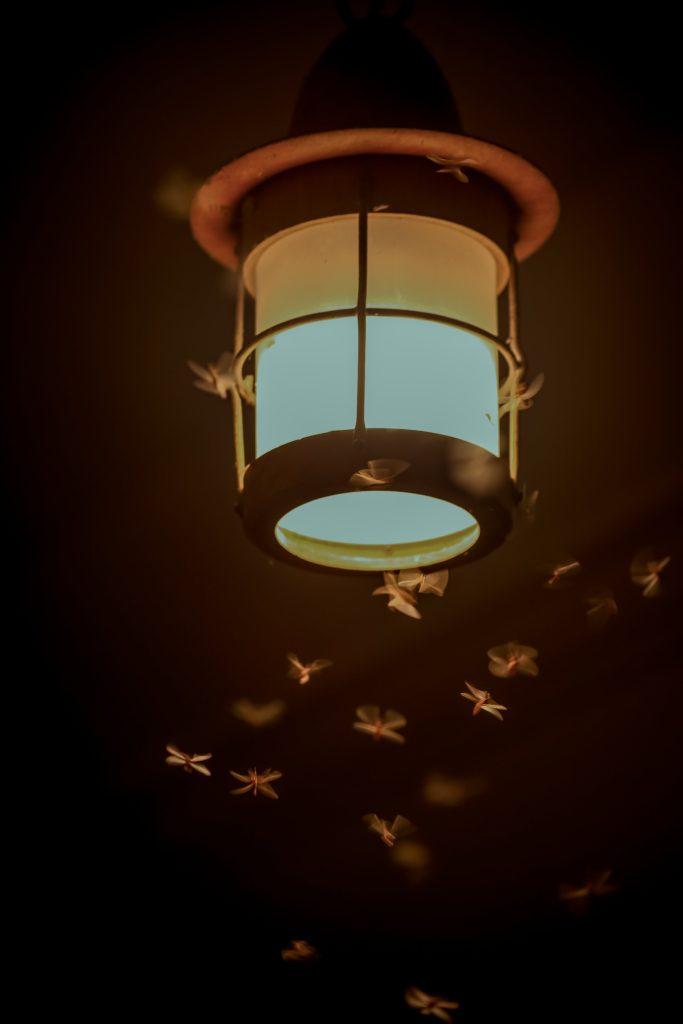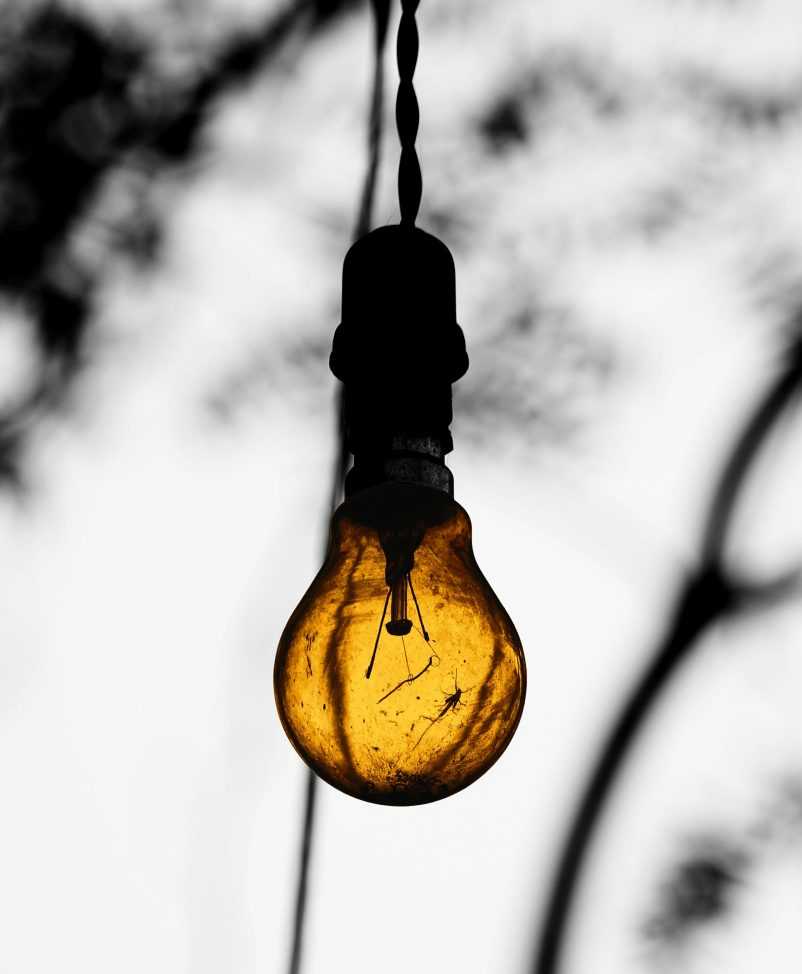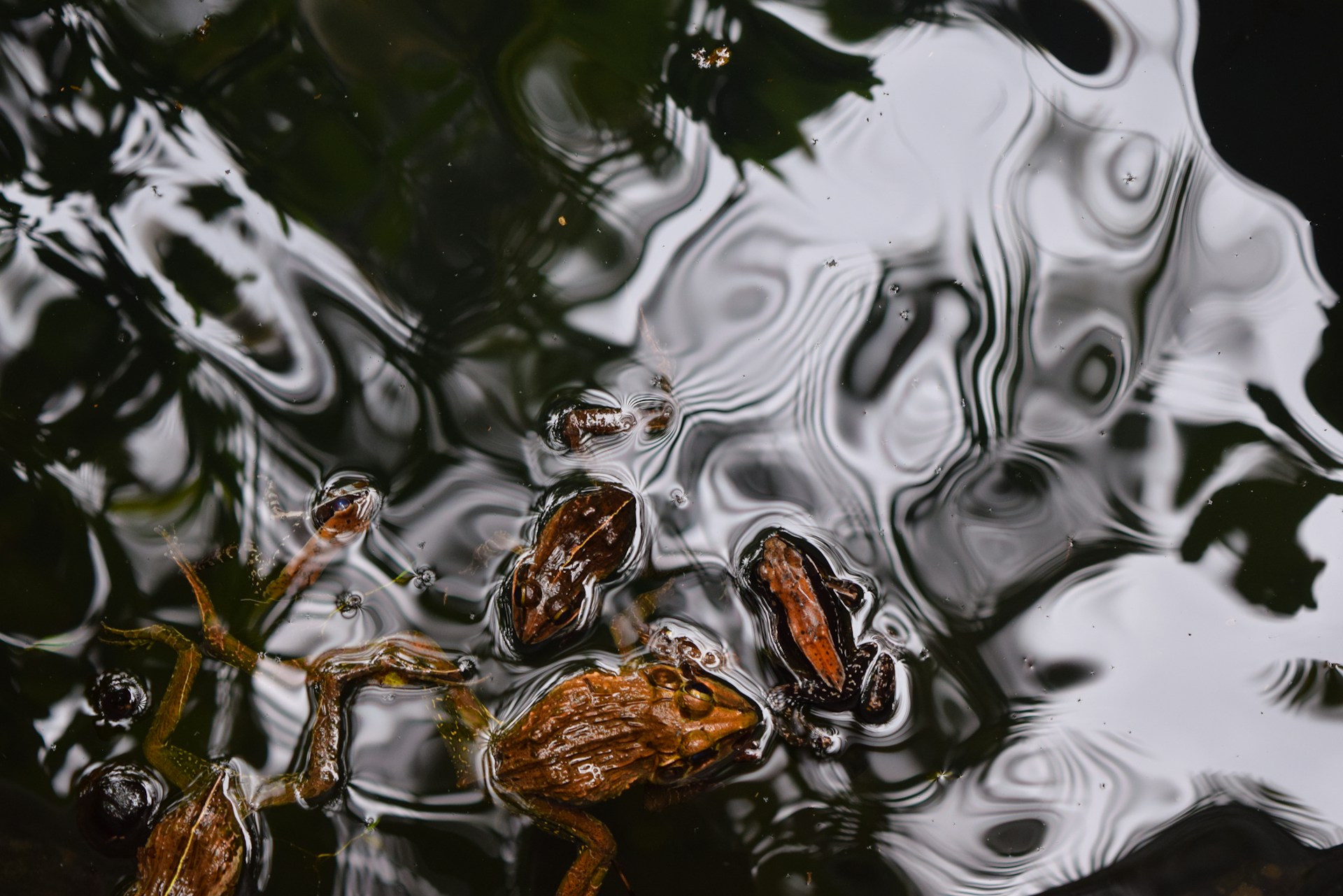The fascination of bugs and insects with light has puzzled scientists and intrigued curious minds for centuries. From fluttering moths around a porch light to the incessant buzz of insects in the glow of a streetlamp, the phenomenon is both fascinating and perplexing. In this exploration, we delve into the reasons behind this peculiar attraction, unraveling the science and shedding light on this age-old mystery.

The Natural Navigator
One of the primary reasons insects are drawn to light is rooted in their innate navigation instincts. Many insects, especially nocturnal ones, rely on celestial cues such as the moon and stars for navigation. Artificial lights, often brighter and more prominent than natural celestial bodies, can disrupt these navigational cues. This interference can cause insects to spiral aimlessly, mistaking the artificial light for the moon or stars.
Fatal Attraction to Heat
Lights, especially incandescent or halogen bulbs, emit not only visible light but also infrared radiation in the form of heat. Some insects, particularly those with thermoreceptive abilities, are attracted to this warmth. This fatal attraction can lead them to venture too close to the light source, often resulting in their demise due to the heat or other associated hazards.
Appealing Spectrum
Insects, unlike humans, can perceive ultraviolet (UV) light. Many flowers have evolved to have UV markings that guide pollinators like bees to the nectar source. Artificial lights, particularly those rich in UV spectrum, can mimic these floral patterns, confusing insects and leading them towards the light source in search of food or mates.
The Disorienting Effect
Artificial lights can cause disorientation in insects due to their heightened sensitivity to changes in light conditions. Nocturnal insects, which have adapted to low-light environments, find it challenging to navigate in the presence of intense artificial illumination. This disorientation can lead them to circle the light source, creating the familiar dance of moths around a flame.

The Circadian Rhythm Conundrum
Insects, like many organisms, follow a circadian rhythm – a biological clock that regulates various physiological processes based on the time of day. Artificial lights can disrupt this circadian rhythm, confusing insects and altering their behavior. For instance, streetlights can trick certain insects into remaining active during the night when they would typically rest.
Evolutionary Perspectives
While the exact reasons behind insects’ attraction to light are still debated, some scientists propose that this behavior may have evolved as a survival mechanism. Natural light sources like the moon would have guided insects during their nightly activities. The introduction of artificial lights in the environment may have triggered an evolutionary response, leading insects to perceive them as beneficial for navigation, food, or mating.
Impact on Ecosystems
The attraction of bugs and insects to artificial lights has significant ecological implications. For instance, it can affect pollination patterns, disrupt predator-prey relationships, and lead to changes in insect populations. The overuse of outdoor lights can contribute to light pollution, impacting not only insect behavior but also the broader ecosystem dynamics.
Strategies for Reduction
Understanding why bugs and insects are drawn to light opens avenues for developing strategies to mitigate this attraction. Using insect-friendly lighting, such as yellow-toned LED bulbs, can reduce the impact on nocturnal insects. Additionally, employing motion-activated or timed lighting systems can minimize unnecessary illumination, helping both insects and humans coexist harmoniously.

The age-old mystery of bugs and insects being drawn to light finds its roots in a complex interplay of biology, ecology, and evolution. As we unravel the science behind this phenomenon, it becomes evident that the attraction is deeply ingrained in the natural instincts and adaptations of these tiny creatures. Balancing our need for illumination with an understanding of its ecological impact is key to fostering a symbiotic relationship with the insect world that shares our nights. In the dance of light and darkness, the intricate connections between insects and illumination continue to weave a captivating tale of survival and adaptation.





